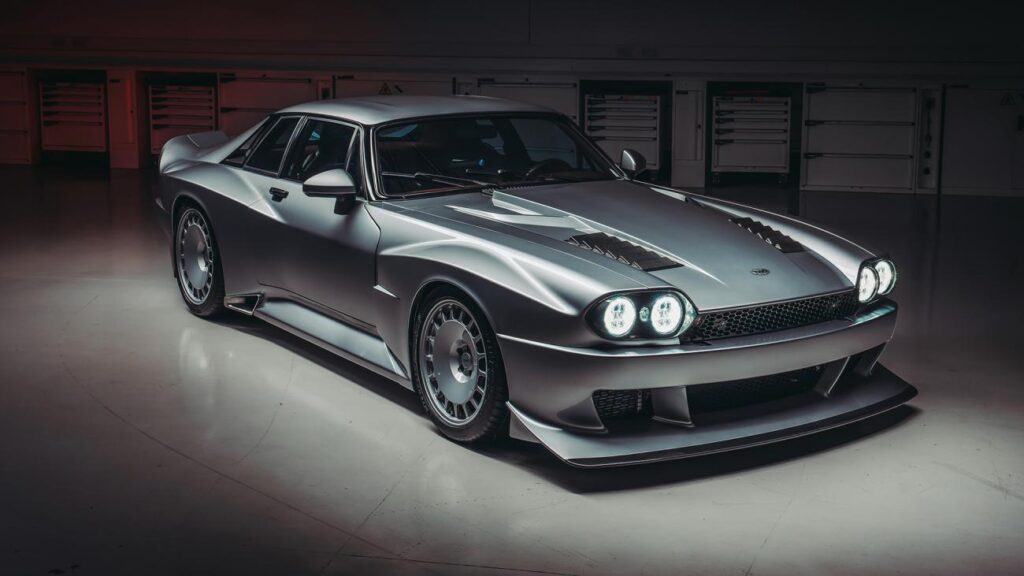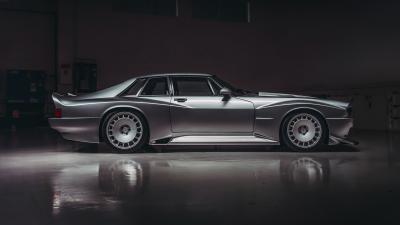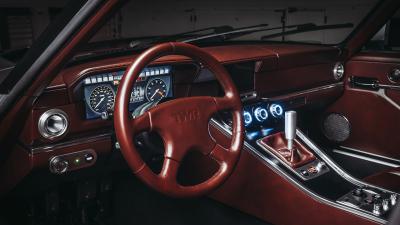Middle child syndrome, the difficult second album – call it what you will, but sandwiched between the timeless Jaguar E-Type and future-facing XK, the XJS has always felt a little overlooked. That’s started to change in recent years, but if anyone was still in any doubt, this should solve it.
It’s the TWR Supercat, and it’s the finished version of a restomod we first saw a few months ago. If TWR sounds familiar, it’s because it stands for Tom Walkinshaw Racing. That’s the motorsport outfit that campaigned the XJS, with plenty of success, in touring car racing back in the day, as well as building the company’s Group C racers, including the 1988 Le Mans-winning XJR-9.
This new iteration of the company was founded by Fergus Walkinshaw, son of the late Tom, aiming to “protect and perfect the analogue driving experience.” This seems to do the trick.
Sitting beneath the long, vented bonnet is a new 5.6-litre supercharged V12, developed in-house by TWR, and pushing out 660bhp – more than double the output of the original XJS’s 5.3-litre twelve. Torque is rated at 538lb ft, and it’s all pushed to the rear wheels via a six-speed manual ’box.
Designed as both a pliable GT and capable track car, it gets double-wishbone suspension all round with an active damping system, an optional set of carbon-ceramic brake discs, launch control and five separate drive modes.
That massively swole, angry bodywork, meanwhile is all carbon fibre (what else?). It was styled by rendering wizard Khyzyl Saleem, and then refined by an ex-Mercedes F1 aerodynamicist. Also involved was Porsche kingpin and floppy hat enthusiast Magnus Walker.
A flat floorpan and massive rear diffuser optimise downforce, and it sits almost 200mm wider than a standard XJS. Meanwhile, one of the car’s most recognisable features, its rear windscreen buttresses – some say hangovers from an early design proposal that envisaged the XJS as mid-engined – have been reshaped to optimise airflow.
The body sits atop a set of forged monoblock wheels – 18 inches at the front, 19s at the rear – and the whole car weighs 1605kg, a 165kg reduction from the original.
Just 88 Supercats will be built, in a nod to the year of that famous Le Mans win. As with most restomods, colour and trim choices are pretty much limitless, although, in the grand scheme of things, it’s on the relatively affordable side for this kind of car. Relatively. It starts at £235,000, prior to taxes and presumably excluding a donor car, although that shouldn’t be too much of a stretch for people throwing that kind of money around – shabby V12 XJSs can still be picked up for four figures.
Read the full article here





